Spring 2022 ︎︎︎ SUNY Purchase College ︎︎︎ (DES3800) Design for Web & Screens
A Brief History of the Internet and computers
Background
For this spiel, we’ll look at some historical contexts that lead to our contemporary version of the internet. The intention here is to look at the underlying technological conditions and how they influenced the surrounding culture.Impersonal computing (the ENIAC)
The ENIAC (Electronic Numerical Integrator and Computer) is arguably one of the first computers. It was used during WWII to calculate missle firing tables. That is to say, in war to facilitate war. It was housed in an institute of higher learning (the University of Pennsylvania) and cost, in the money of the time roughly half a million dollars. It was the size it was (as you can see in pictures below) because it ran on vacuum tubes rather than transistors, and existed before any real miniaturization of circuitry had occured. Note also there are no “graphics” or “display” to speak of. (some passive transistors)
(some passive transistors) (some vacuum tubes)
(some vacuum tubes)Culturally, it is of note that the computers were programmed by the women noted below. Then, programming was treated as a more secretarial task, despite the act of programming itself being arguable more difficult and with higher stakes in this particular situation. These women were referred to colloquially as “refrigerator girls” and some thought them simply to be models placed there for scale.Conversely, the designers of the computers were treated more reverently.
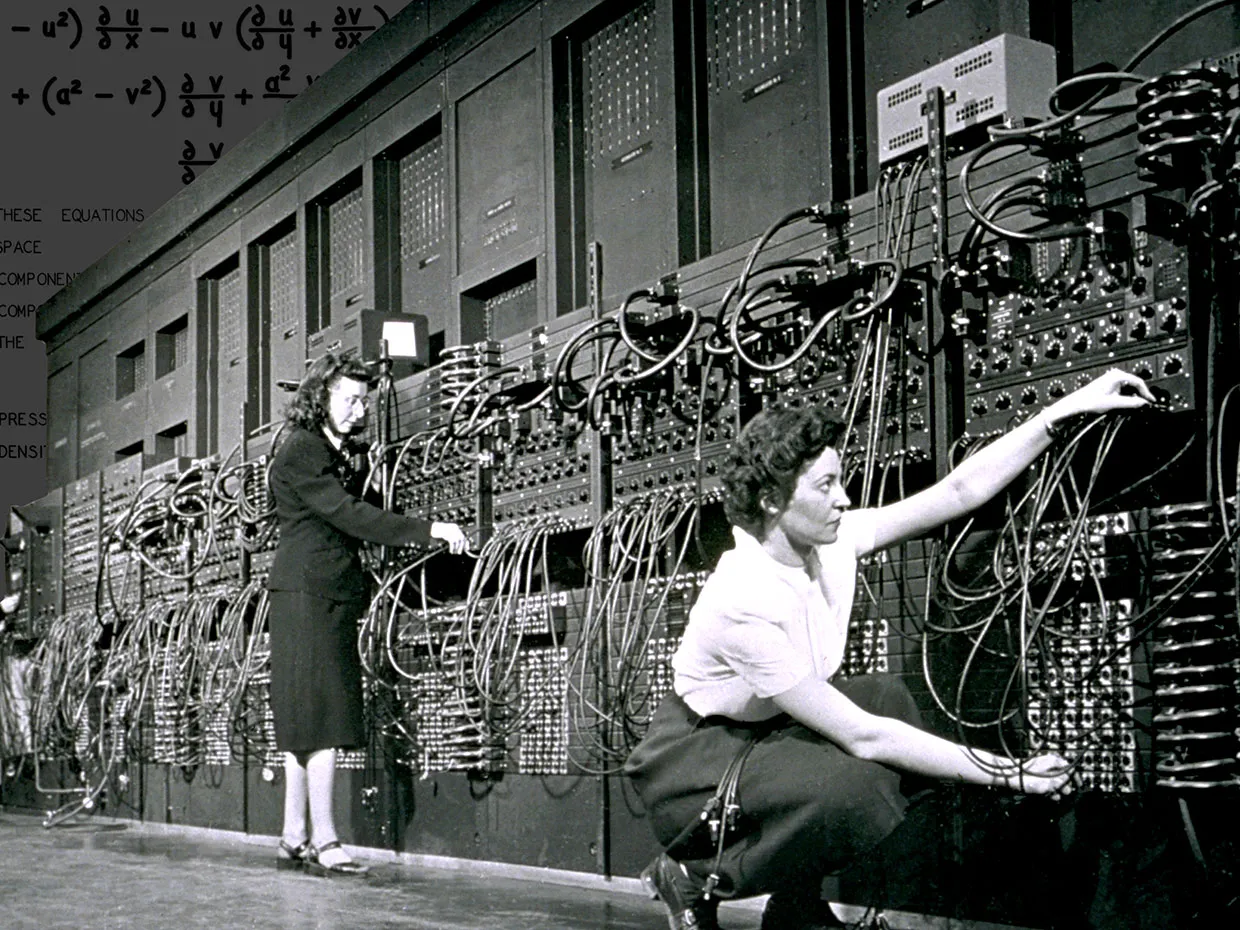
(Marlyn Wescoff [left] and Ruth Lichterman were two of the female programmers of ENIAC. PHOTO: CORBIS/GETTY IMAGES
)
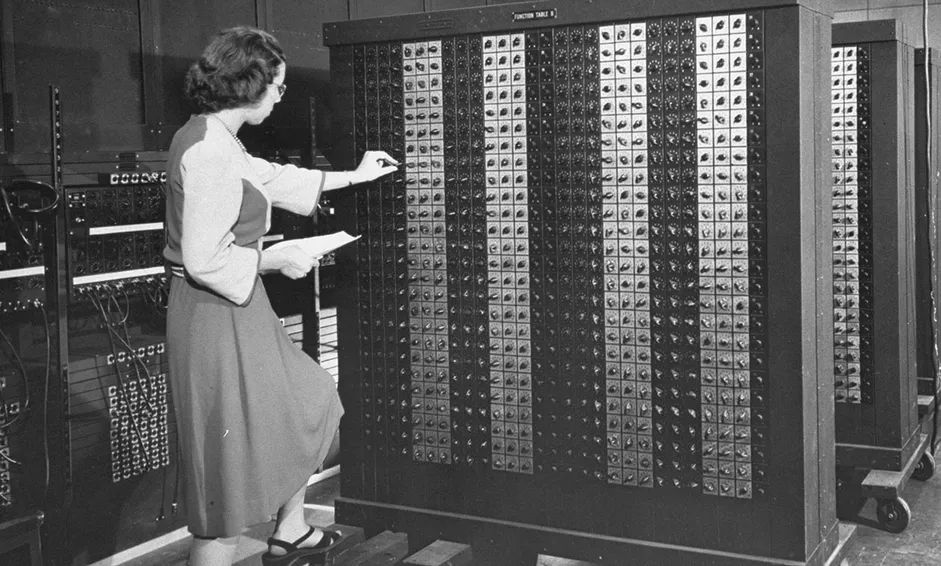
Elizabeth 'Betty' Snyder working on ENIAC. PHOTO: FRANCIS MILLER/THE LIFE PICTURE COLLECTION/GETTY IMAGES
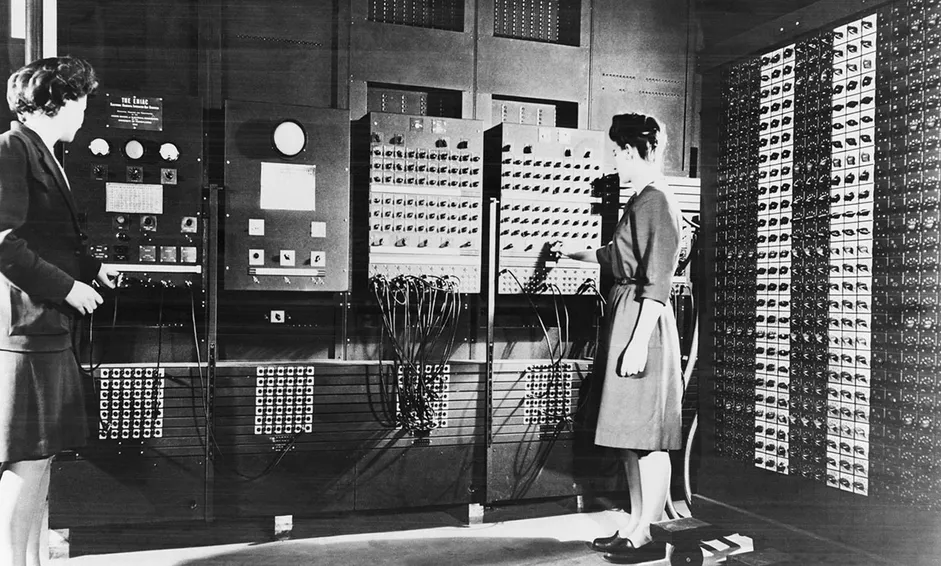
(Betty Jean Jennings (left) and Frances Bilas operating ENIAC's main control panel. PHOTO: U.S. ARMY/BETTMANN/GETTY IMAGES)

(J. Presper Eckert, John Mauchley, Betty Jean Jennings, and Herman Goldstine in front of ENIAC. PHOTO: U.S. ARMY/BETTMANN/GETTY IMAGES)
ARPANET, pre-internet
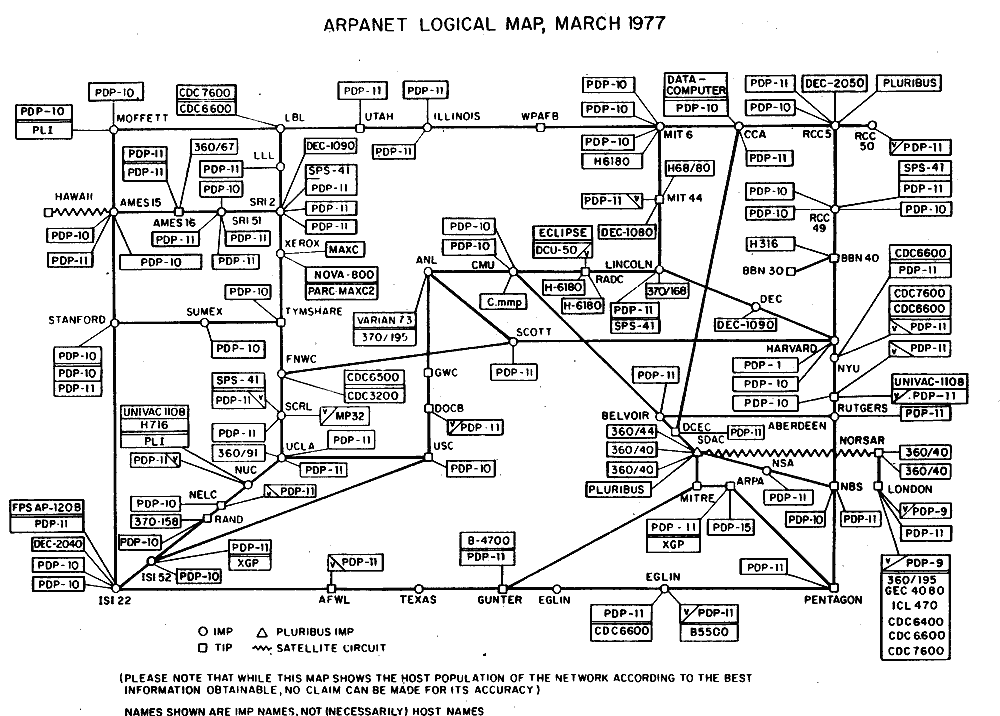
ARPANET logical map, March 1977

ARPANET 1969-1977.

the PDP-10
While the PDP-10 had standardized control panel that dealt with the arcane functionality specific to it, there was no inherent graphical display; this was the “interface” for the user.
the PDP-10’s control panel
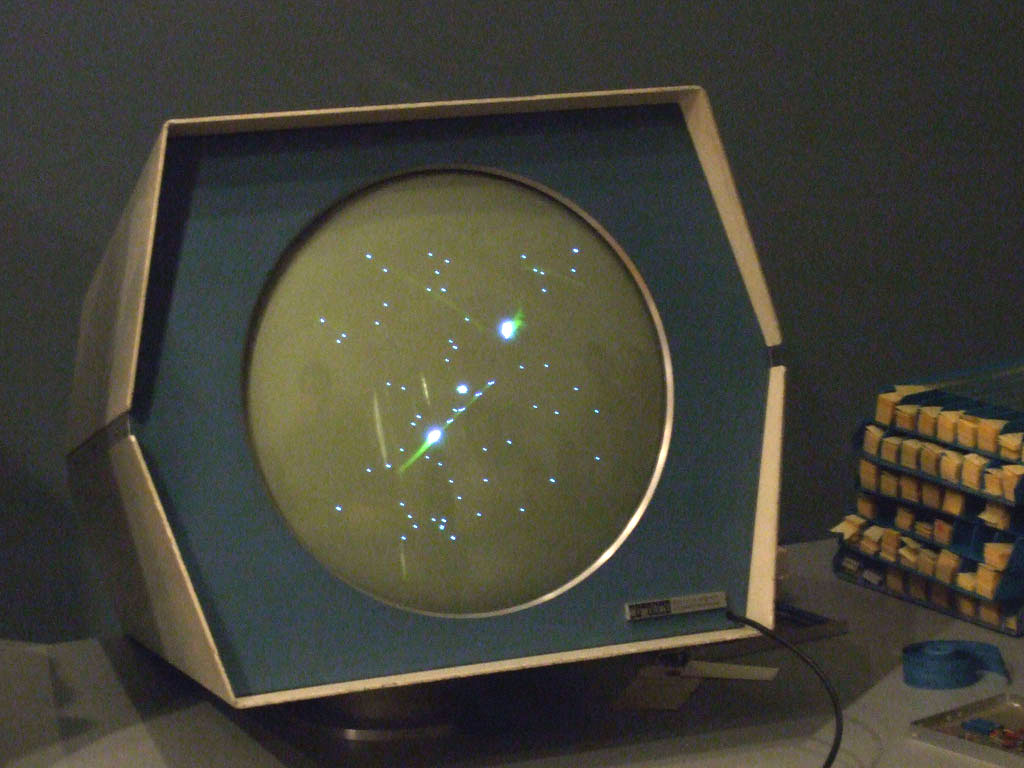
Spacewar! on the PDP-1
![]() The Magnavox Odyssey from the early 1970’s
The Magnavox Odyssey from the early 1970’s
 The Magnavox Odyssey from the early 1970’s
The Magnavox Odyssey from the early 1970’sXerox PARC
 The Xerox Star from 1981
The Xerox Star from 1981
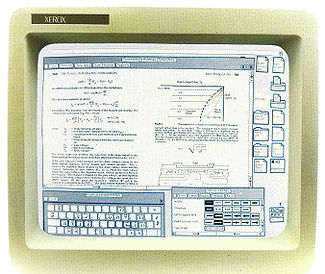
While not commercially successful, people like Steve Jobs and Bill Gates saw the Xerox Star and their latter operating systems featured quite similar interfaces.
ZX Spectrum and Personal Computing
While innovations like the Xerox Star were happening, personal computers were becoming more popular and affordable. You perhaps might be familiar with other hobbyist computers of the time like the TRS-80 or the Commodore VIC-20, while the ZX Spectrum was a popular one in the UK. The computer was able to plug into a commercial television, and only cost £125. It also used cassette tapes to record and transfer programs so sophisticated works like video games could be distributed rather cheaply.
 A ZX Spectrum (center bottom) plugged into a CRT monitor with a flight stick-style controller.
A ZX Spectrum (center bottom) plugged into a CRT monitor with a flight stick-style controller.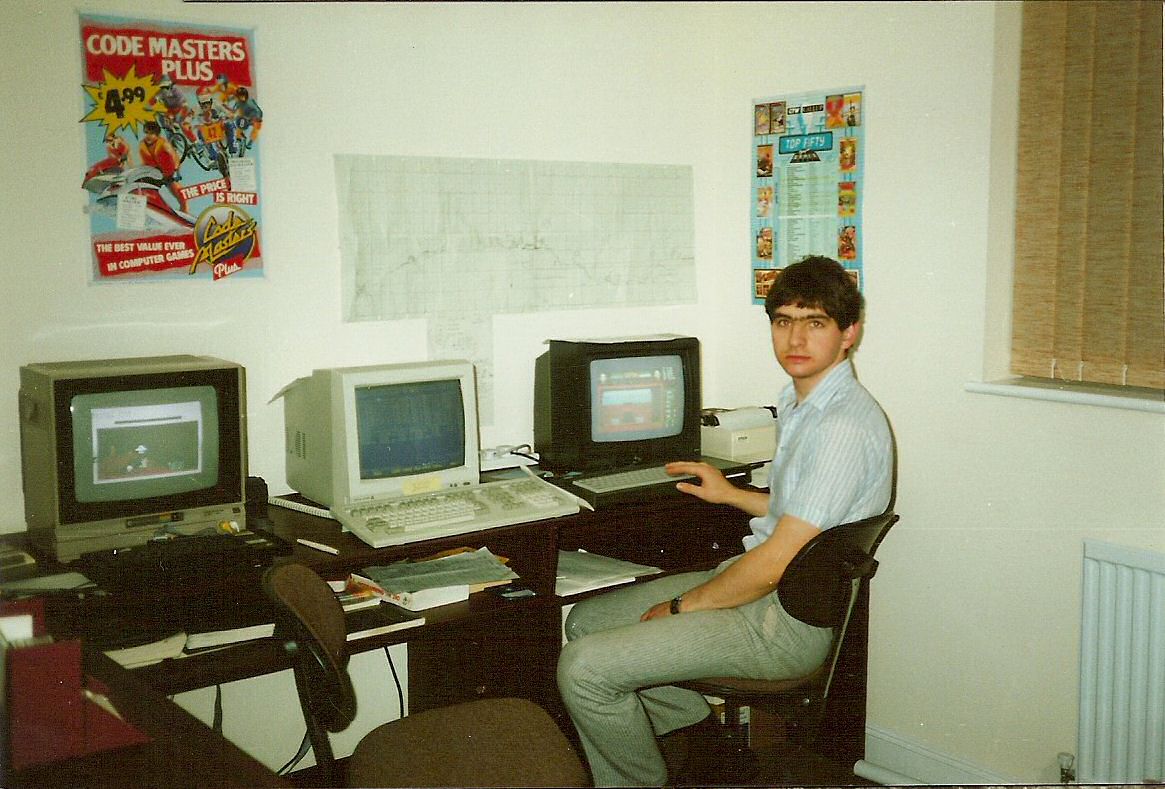 One of the Oliver twins who went on to form Code Masters pictured here, chillin’
One of the Oliver twins who went on to form Code Masters pictured here, chillin’Kim Justice has a great channel where she often talks about her experiences with gaming in the UK.
Early internet
As mentioned previously, the thing we still know as the internet flourished in the early nineties. You’d have to connect to it via a phone line, meaning that you would not be able to transfer as much data as quickly as on contemporary Wifi or ethernet. This would often use the same phone line people used for the telephone so you were not as constantly connected as today.
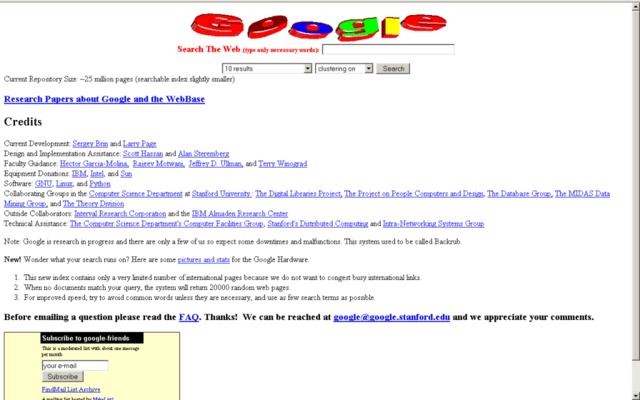
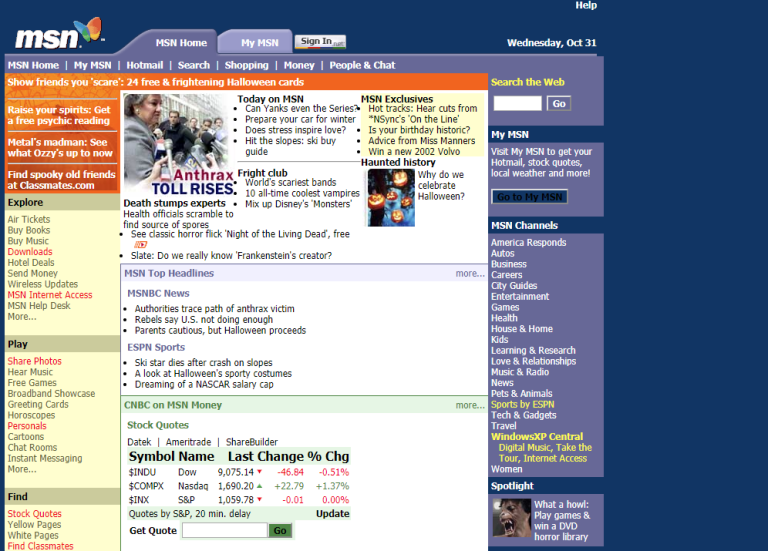
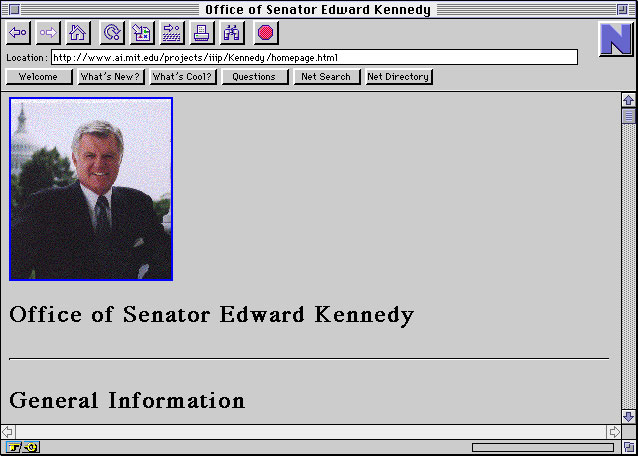
The technology of the time was less advanced than today, but was becoming more standardized and reasonably affordable relative to their power. Companies like Dell pre-packaged computers making it easier for a less experienced or specialized person to start using; see the “dude you’re getting a Dell” commercial; clearly marketed towards parents getting computers for their kids going to college.
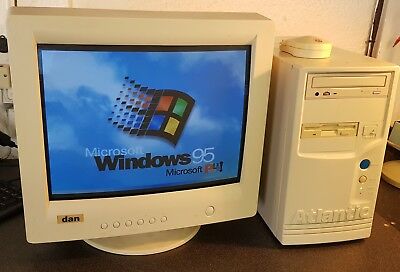 An average beige computer from the late 1990’s or early 2000’s
An average beige computer from the late 1990’s or early 2000’s
Flash & Content Creation
Flash, a program which had powerful frame-by-frame and keyframe (what the program calls “tweens”) animation tools, also had an interactive coding engine which could produce powerful games that could be embedded into websites and were popular on websites like Newgrounds.
A more palpable internet culture was emerging with animations like Peanut Butter Jelly Time and Badgers becoming popular.
As content like Muffins became popular, YouTube helped content creators by sharing the ad revenue (not dissimilar to what they had done with Google Ads which were popular on blogs at the time).
This made it possible for a not technically inclined individual to make and share their content with their fans and create a living from it.
iOS and“walled gardens”

While this helped maintained the quality of the apps, one of the effects of this was the eventual “death” of Flash (as a technology not as a program; it is still used pretty actively for animation).
Steve Jobs penned a famous letter about not supporting Flash on the iPhone. While there were legitimate reasons to do this, security being one of them, this would mean, that many games would not be available on the iPhone’s browser and would have to be “ported” to iOS, and many rich experiences were left unarchived.
Also note that a device as powerful, if not more powerful, than many personal computers was now able to be housed in a device that could fit in your pocket.
User-generated content
This is a pretty interesting vid by Hank Green. While the title is a little clickbait-y, the content is good and convers the history of YouTube content creation and monetization andhow TikTok does things differently and potentially suck-ily.
This is F.D. Signifier’s video on “breadtube” (the term for leftist YouTubers). It pretty thoroughly covers the history of what he refers to as “Angry White Guy” content that lead to the popularity of both far right and far left content on the platform as well as the alienation that many black creators feel and how the algorithm plays a role in this. I highly recommend his channel.
Sources
-
wikipedia.org/wiki/ENIAC
-
spectrum.ieee.org/untold-history-of-ai-invisible-woman-programmed-americas-first-electronic-computer
- wikipedia.org/wiki/ARPANET
- theconversation.com/how-the-internet-was-born-from-the-arpanet-to-the-internet-68072
- https://www.wired.com/2012/10/dead-media-beat-the-xerox-star/
- www.antstream.com/post/game-developer-interview-the-oliver-twins
- www.theguardian.com/technology/guardianwitness-blog/2014/mar/13/25-things-you-may-have-forgotten-about-the-internet
- www.livingcomputers.org/Computer-Collection/Vintage-Computers/Mainframes/DEC-PDP-10-KI-10-(DECsystem-10).aspx
- https://en.wikipedia.org/wiki/Spacewar!
- https://www.computerhistory.org/collections/catalog/102649036
- https://wireframe.raspberrypi.com/articles/turbulent-history-of-british-game-development